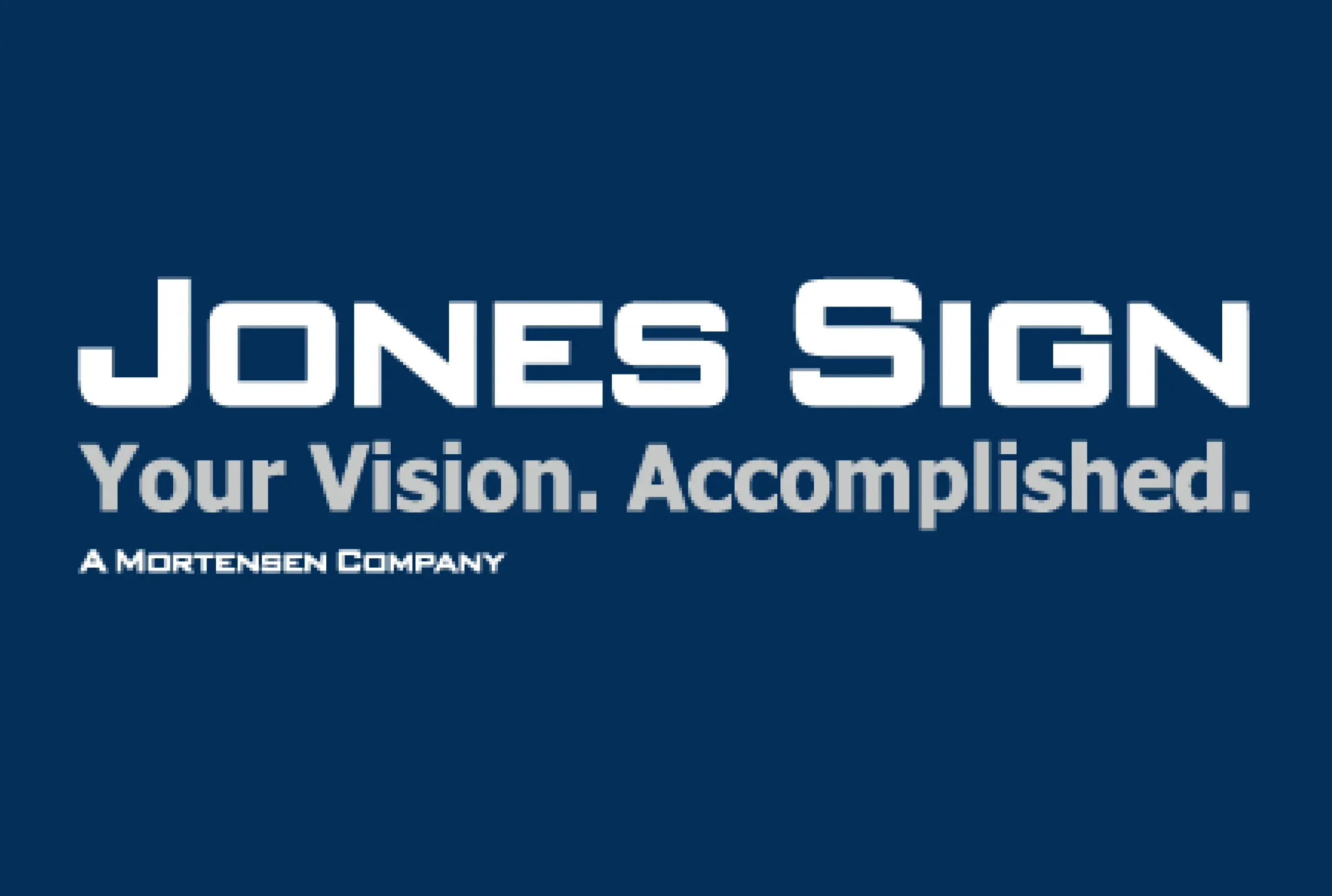Transporting heavy equipment requires precision, planning, and attention to safety. Whether hauling construction machinery, farm equipment, or industrial tools, ensuring a secure and efficient loading and unloading process minimizes risks and prevents damage. Renting the right equipment trailer is only part of the equation—understanding proper loading techniques is essential to a successful transport.
This article covers best practices for safely loading and unloading heavy equipment, detailing essential safety checks, equipment requirements, and common mistakes to avoid.
The Importance of Proper Loading and Unloading
Improper loading and unloading can lead to equipment damage, trailer instability, and even accidents during transit. Following structured procedures ensures:
- The safety of the operator and surrounding personnel.
- Prevention of damage to the trailer, towing vehicle, or cargo.
- Compliance with weight distribution guidelines for stable transport.
- Efficient use of time by reducing the likelihood of reloading or adjustments.
Choosing the Right Equipment Trailer for Heavy Loads
Selecting the appropriate trailer is crucial when moving heavy machinery. Trailers vary in design and functionality, and using an unsuitable type can lead to safety issues.
1. Flatbed Trailers
- Suitable for a variety of equipment types.
- Provides easy loading from multiple angles.
- Requires proper tie-down points to prevent shifting.
2. Tilt Trailers
- Ideal for wheeled machinery such as skid steers and forklifts.
- Hydraulic tilt decks allow for smoother loading without ramps.
3. Gooseneck Trailers
- Offers better weight distribution and stability for hauling extra-heavy loads.
- Requires a compatible hitch system in the towing vehicle.
Pre-Loading Safety Inspections
Before beginning the loading process, conducting a thorough inspection of the trailer and equipment prevents mechanical failures and ensures safe transport.
1. Inspect the Trailer
- Check the trailer’s structural integrity, including the frame and flooring.
- Verify that tires are properly inflated and in good condition.
- Ensure that brakes and lights are functioning correctly.
2. Inspect the Equipment Being Loaded
- Perform a maintenance check to ensure machinery is operational.
- Secure any loose parts that could shift during transport.
- Confirm that fuel or hydraulic fluid levels are within safe limits.
3. Verify the Weight Distribution Plan
- Determine the best placement of the equipment to avoid trailer sway.
- Keep the heaviest part of the load over the trailer axles.
- Ensure that tongue weight does not exceed safe limits for the towing vehicle.
Best Practices for Loading Heavy Equipment
1. Use a Stable Loading Area
- Choose a level surface free from debris or inclines.
- Avoid loading in high-traffic areas or near unstable ground.
2. Align the Equipment with the Trailer
- Position the equipment in a straight line with the trailer ramp.
- Use a spotter to help guide alignment if necessary.
3. Load Slowly and Evenly
- Drive or roll the equipment onto the trailer at a controlled speed.
- Avoid sudden stops or sharp turns during loading.
4. Engage Brakes and Secure the Equipment
- Once positioned, apply parking brakes on the equipment.
- Use high-strength ratchet straps or chains to secure the load.
- Attach tie-downs at designated points to prevent shifting.
Common Mistakes to Avoid During Loading
- Overloading the Trailer: Exceeding weight limits reduces towing stability and increases the risk of tire blowouts.
- Improper Weight Distribution: Placing too much weight on one side leads to imbalance and handling issues.
- Using Worn Tie-Downs: Weak or frayed straps and chains compromise load security.
- Skipping Final Safety Checks: Always inspect the loaded trailer before departure to ensure everything is secured properly.
Best Practices for Unloading Heavy Equipment
Unloading requires just as much care as loading. Poor execution can lead to tipping, slipping, or injuries.
1. Choose a Level Unloading Zone
- Avoid slopes or soft ground that could cause equipment to roll uncontrollably.
- Ensure the area is free of obstructions and people.
2. Release Tie-Downs in the Right Order
- Remove outermost straps first while keeping the main supports intact.
- Gradually release pressure on load binders to prevent sudden shifts.
3. Back Equipment Off Slowly
- Use controlled speed and avoid sudden braking while descending the ramp.
- Have a spotter confirm a clear path behind the equipment.
4. Perform a Final Trailer Inspection
- Check the trailer for any signs of damage or excessive wear.
- Clean the deck of debris before returning the rental.
Why Work with a Professional Rental Provider
Renting from a reputable trailer rental company ensures access to well-maintained equipment and expert guidance. Companies like Roadmoto Trailer Rentals provide a range of trailers suited for heavy equipment transport, helping customers select the best option for their needs.
Advantages of Renting from a Professional Provider
- Access to High-Quality Trailers: Reliable, road-ready trailers designed for safe equipment hauling.
- Guidance on Trailer Selection: Assistance in choosing the best trailer for specific load requirements.
- Properly Maintained Equipment: Ensuring all rental trailers meet safety and performance standards.
Conclusion
Safely loading and unloading heavy equipment is a critical aspect of successful transportation. By selecting the right trailer, following structured procedures, and using proper securing methods, renters can ensure a smooth and secure hauling experience.
For those requiring temporary transport solutions, working with a trusted provider like Roadmoto Trailer Rentals ensures access to reliable trailers and expert support. Following best practices minimizes risks, protects valuable equipment, and guarantees a safe and efficient loading and unloading process every time.











